Applying for grants can seem overwhelming. Yes, the opportunities are promising. Still, we can’t help but ponder the odds and level of effort needed to secure the grant.
Needless to say, there’s some serious work involved when applying for grants — as in Estonia, so across the EU.
With the right approach, Estonian companies can leverage the EAS Applied Research Program without getting exhausted. Here’s a straightforward guide to help you navigate the process and maximize your chances of success.
What is the EAS Applied Research Program?
The EAS (Enterprise Estonia) supports Estonian companies in their research and development (R&D) activities. The organization opens opportunities for companies through business model innovation, by sharing expert know-how, connecting companies with partners, and of course, funding. This is where grants come into the picture…
Currently running, the Applied Research Program, secures funding between €250,000 and €2 million, with a total of €15 million available for applications.
EAS helps companies of different sizes increase sales revenue through product development. Moreover, it boosts international competitiveness and expands TA (technical assistance) activities within companies. All of this combined contributes to the ultimate goal of business growth.
What Does a Grant Application through EAS Look Like?
Applying for a grant under this program involves several steps. Each step is crucial for a successful application.
- Preliminary Counseling. It starts with mandatory preliminary counseling. This step ensures your project meets technical conditions and can help identify if international expertise is necessary.
- Submission of Application. After counseling, you should prepare and submit your application through the e-support environment. Required documents include:
- Project plan
- Budget form
- Economic indicator table
- Confirmation of meeting startup requirements
- Requirements compliance of the scale-up company
- Partner information form
- Group member scheme (if applicable)
- Sample power of attorney (if applicable)
- Evaluation of the Application. Experts and an assessment committee review your application, considering public database information and requesting additional details if necessary. The decision on funding is made by the Enterprise and Innovation Foundation’s board, and you will be notified in writing.
- Project Implementation. If granted, you must declare R&D activities in the annual report collected by Statistics Estonia. Both Estonian and international service providers with recognized references can be involved in your project.
- Reporting. Here, you need to submit project-related reports and disbursement requests through the Structural Funds e-support environment. Use the provided report form and include an action plan completion form and, if applicable, an external partner cost checklist and audit report.
Tips for a Successful Application
1. Prepare for the Paperwork
The application process is relatively streamlined, although it does contain a lot of bureaucratic steps along the way. There are around a dozen documents companies have to submit, so substantial effort is needed for a comprehensive application.
Experts typically spend 10-15 hours on paperwork; for companies managing it independently, it might take longer.
Teams must be conscious that this is not a walk in the park.
They should set aside time blocks to patiently prepare all necessary details in advance. The more they are aware of this, the more likely they are to approach the process with the right expectation.
2. No Grant is Granted
As we already stated, applying for a grant requires time and dedication. Handling logistics, having preliminary conversations and meetings, and making internal arrangements are essential.
Well-prepared applications have a higher chance of success.
Avoid rushing the process. Before you even apply, assess the potential return on investment. Do you believe your cause or project is likely to hit the right nerve? Do you trust your dedicated individuals to deliver top-quality applications? Does the bureaucratic burden outweigh the expected benefits?
If any of this is on shaky legs, consider other funding sources.
3. Leverage Expertise
Engage with experts who can streamline the application process. They can save valuable time, helping you prepare documents like the project plan, tripartite agreements, interim reports, and final reports more efficiently.
Utilizing expert help can reduce costs significantly.
If you don’t have any experts internally then consider acquiring professionals on an interim or full-time basis. You could head over to LinkedIn and search for Grant Writing Consultants, Funding Specialists, R&D Project Managers, Grant Managers, etc.
Secondly, connect with companies like Net Group that have successfully acquired grants and ask for insights. Even if they don’t let you in on a secret, they’ll probably point you in the right direction. This will help you establish a basis for further research and increase the odds of securing the grant.
4. Follow Up
Provide feedback to EAS on the application process and follow up regularly to ensure all requirements are met. Address any queries promptly; it’ll establish you as a serious company that can be expected to use the funds responsibly. Additionally, you’ll build trust and support with key individuals who may endorse you based on their positive experiences.
Set reminders for deadlines, maintain open communication with EAS, and keep a checklist of required documents and steps.
Go, Win It!
Take action and apply for the EAS Applied Research Program. It’s an excellent opportunity for your company to enhance its R&D capabilities, increase international competitiveness, and boost sales revenue. With careful preparation and strategic use of resources, you can navigate the application process successfully and secure the grant that will drive your company’s growth.
For more information, feel free to reach out to one of our professionals. Good luck!
Similar insights
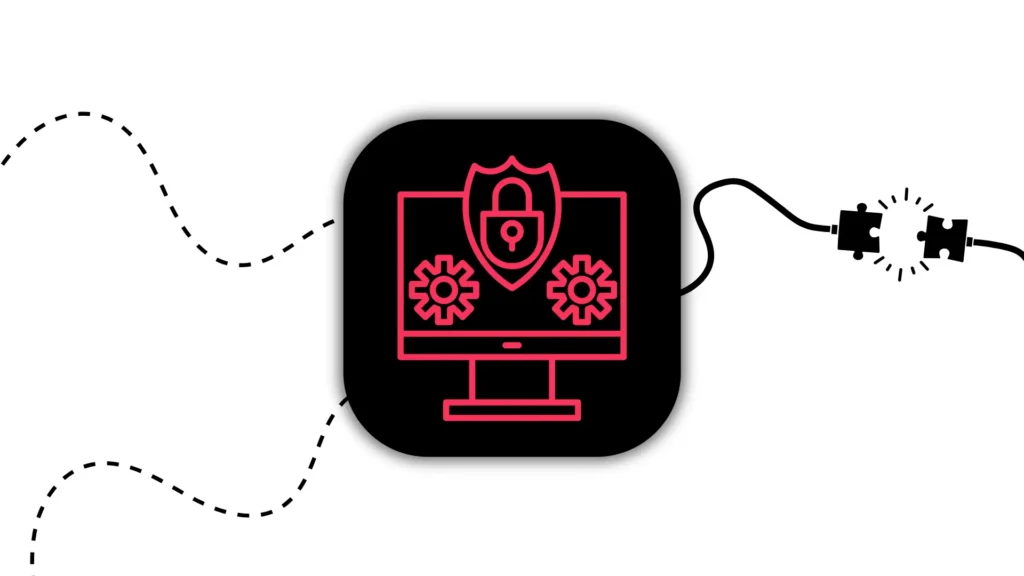
12 AI Cyberattacks That Made CEOs Very Cautious
21/10/2025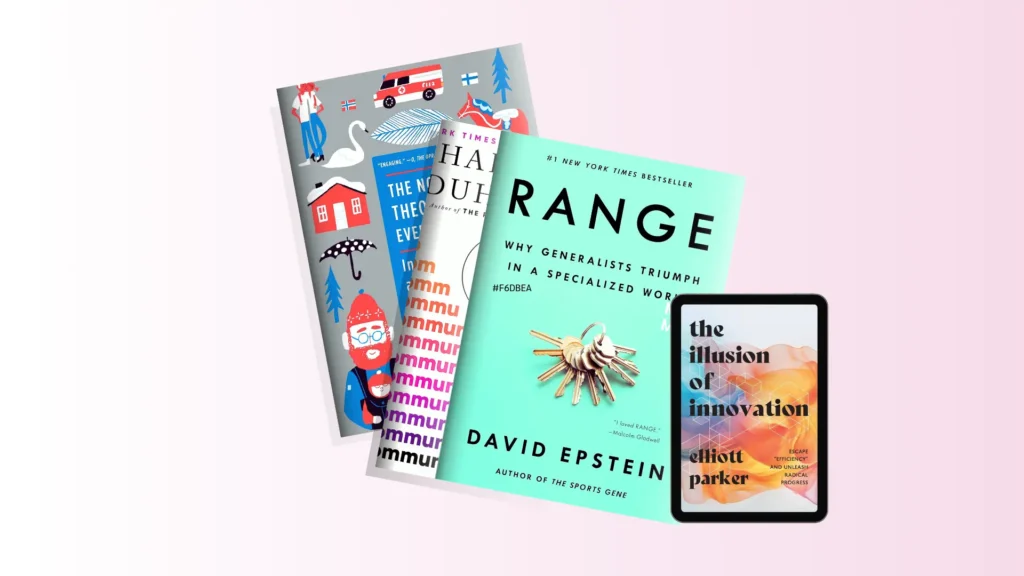
14 Books Smart Tech Leaders Are Reading This Fall
07/10/2025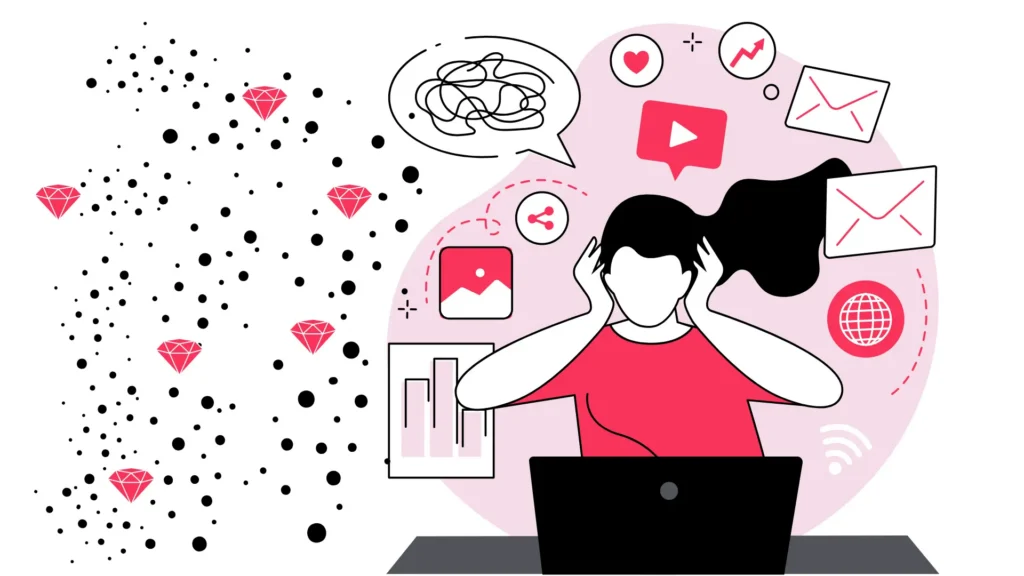
Protect Your Crown Jewels: The Heart of Your Cybersecurity
15/09/2025
How Renown Business Executives are Using AI?
12/08/2025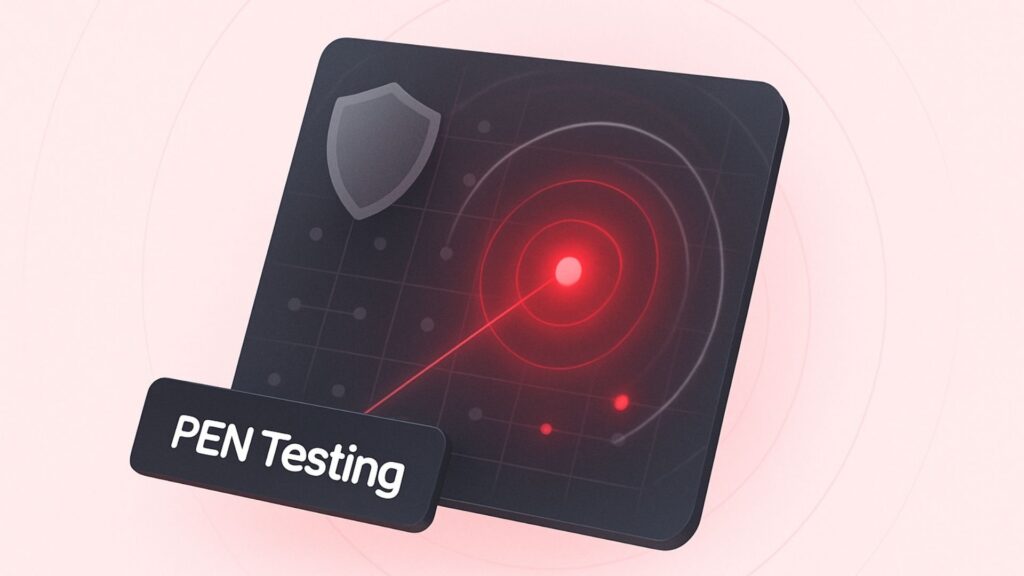
Think You’re Secure? PEN Testing Will Tell You
15/05/2025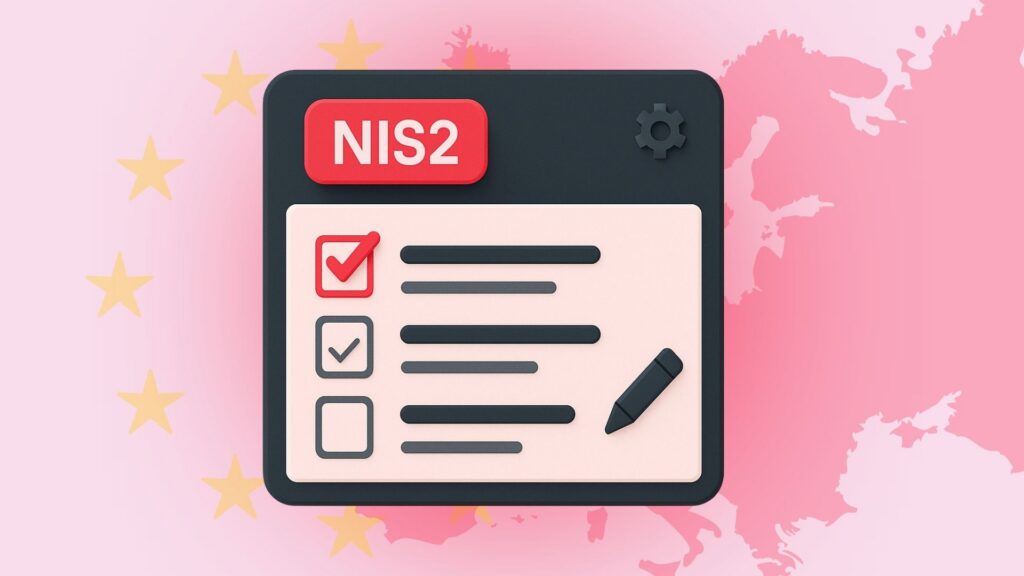
NIS2 Compliance: A Simple Guide to Get It Done Right
15/05/2025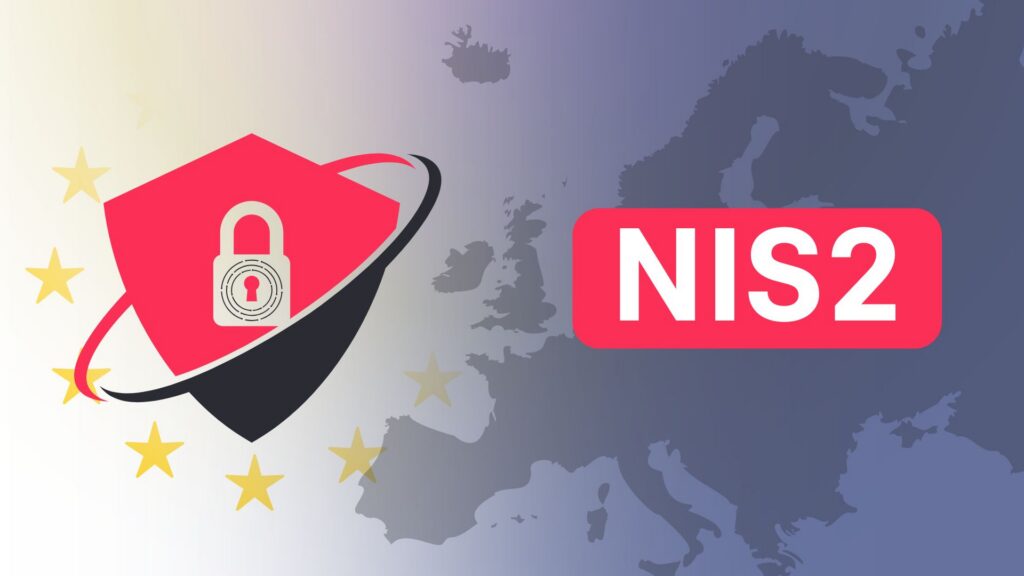
NIS2 Directive Explained: What Your Business Needs to Do Now
29/04/2025
Net Group Expands into Germany and Acquires Cybersecurity Company
04/04/2025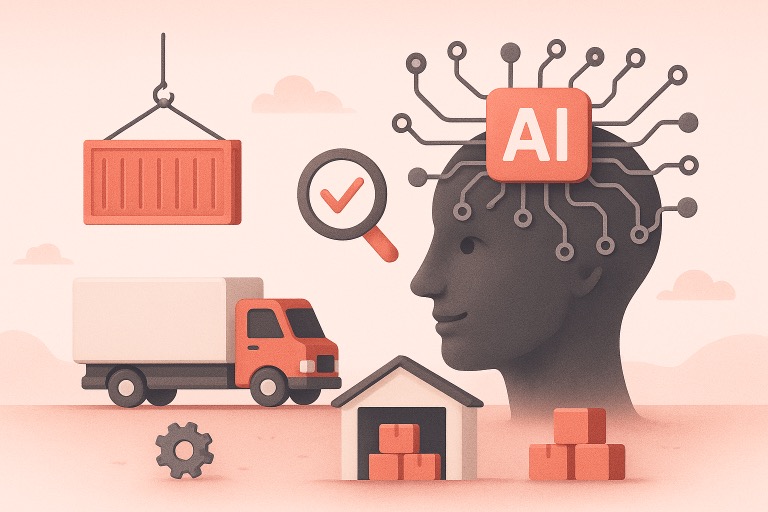
AI in Supply Chains: Precision, Profit, and Practicality (Today)
01/04/2025
Let the success
journey begin
Our goal is to help take your organization to new heights of success through innovative digital solutions. Let us work together to turn your dreams into reality.